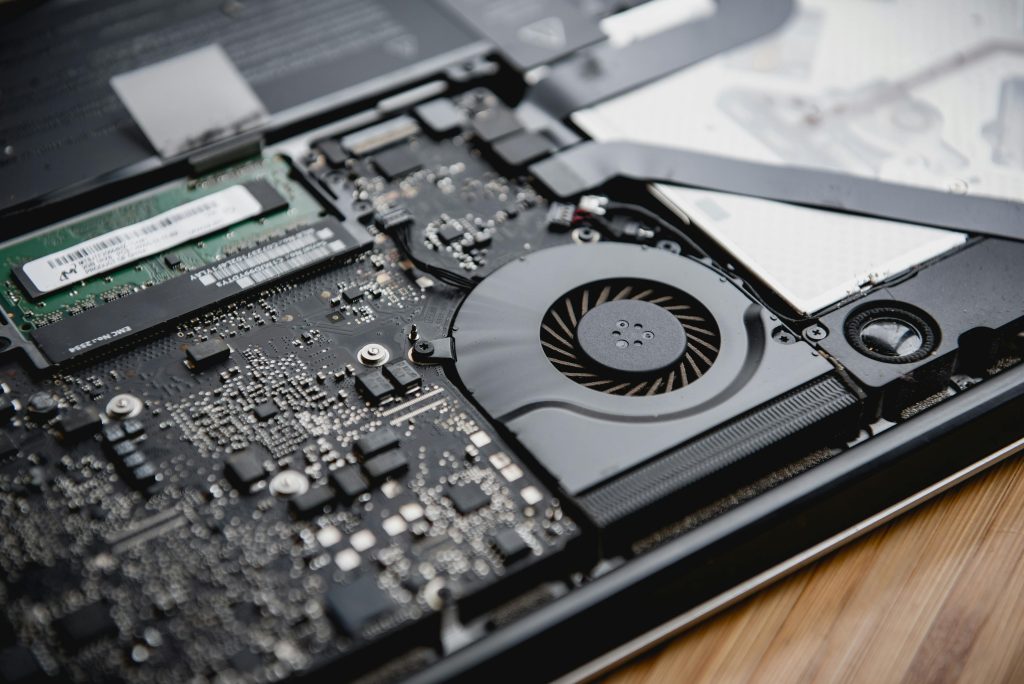Recovering a Corrupted User Profile After a “No Boot Device Detected” Error: A Comprehensive Guide
Experiencing a “No Boot Device Detected” error can be alarming, especially when it results in unexpected data loss or user profile corruption. In this article, we will explore the common causes of such issues, share practical steps for recovery, and provide professional advice to help you restore your Windows environment effectively.
Understanding the Root Cause
The “No Boot Device Detected” error typically indicates a hardware or BIOS configuration problem, but it can also lead to significant data corruption if the system encounters failures during startup. In some cases, a failed boot process may cause Windows to corrupt or delete user profiles, leaving behind damaged or missing user data.
Common Symptoms Post-Error
- The primary user profile becomes inaccessible or seemingly disappears.
- Error messages when attempting to log in.
- Inability to locate user-specific files or folders.
- Presence of only temporary profile logins.
Initial Troubleshooting Steps
When faced with a corrupted profile after boot errors, consider the following baseline procedures:
-
Boot into Safe Mode:
Attempt to start Windows in Safe Mode to bypass potential startup issues and access troubleshooting tools. -
Check Disk and Hardware Integrity:
Use built-in tools like CHKDSK to scan the drive:
chkdsk /f /r C:
This can detect and repair disk errors that might have caused data corruption.
- Inspect the Registry:
The User Profile Registry key (HKEY_LOCAL_MACHINE\SOFTWARE\Microsoft\Windows NT\CurrentVersion\ProfileList) holds references to user profiles. A missing or incomplete registry entry may signal profile issues.
Advanced Recovery Methods
If initial steps do not resolve the problem, more advanced techniques are necessary:
1. Use Data Recovery Software
Since traditional recovery attempts may be hindered by inaccessible files, specialized data recovery tools can help retrieve user data:
-
PhotoRec
A free and open-source data recovery utility capable of recovering files from various storage media. While its interface is command-line-based, it is powerful for recovering lost files. -
Recuva
A user-friendly Windows tool for recovering deleted files, including user profile data.
Important: Ensure to recover data to a separate drive or partition to prevent overwriting.
2. Manually Restore User Profile Data
Once you
Share this content:



